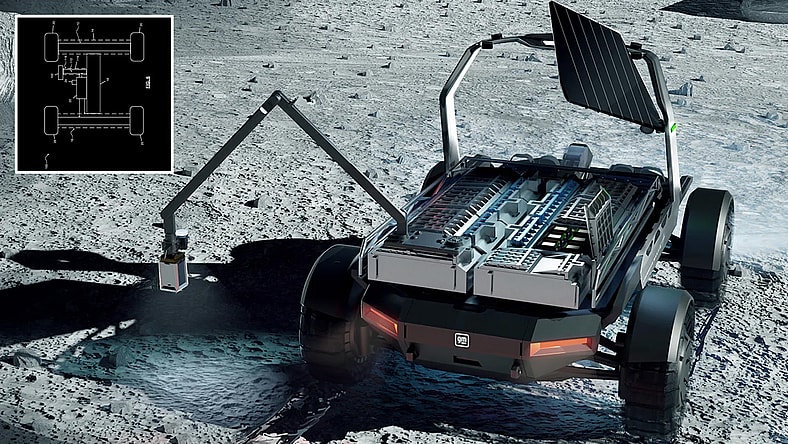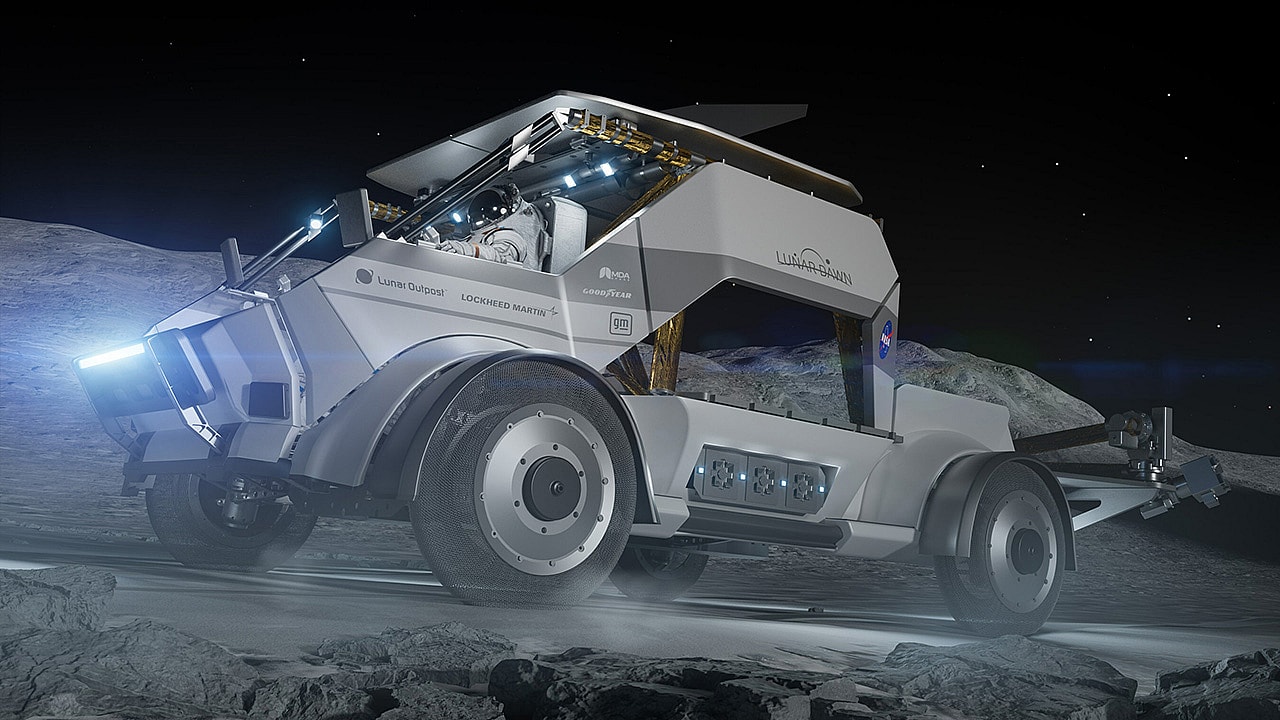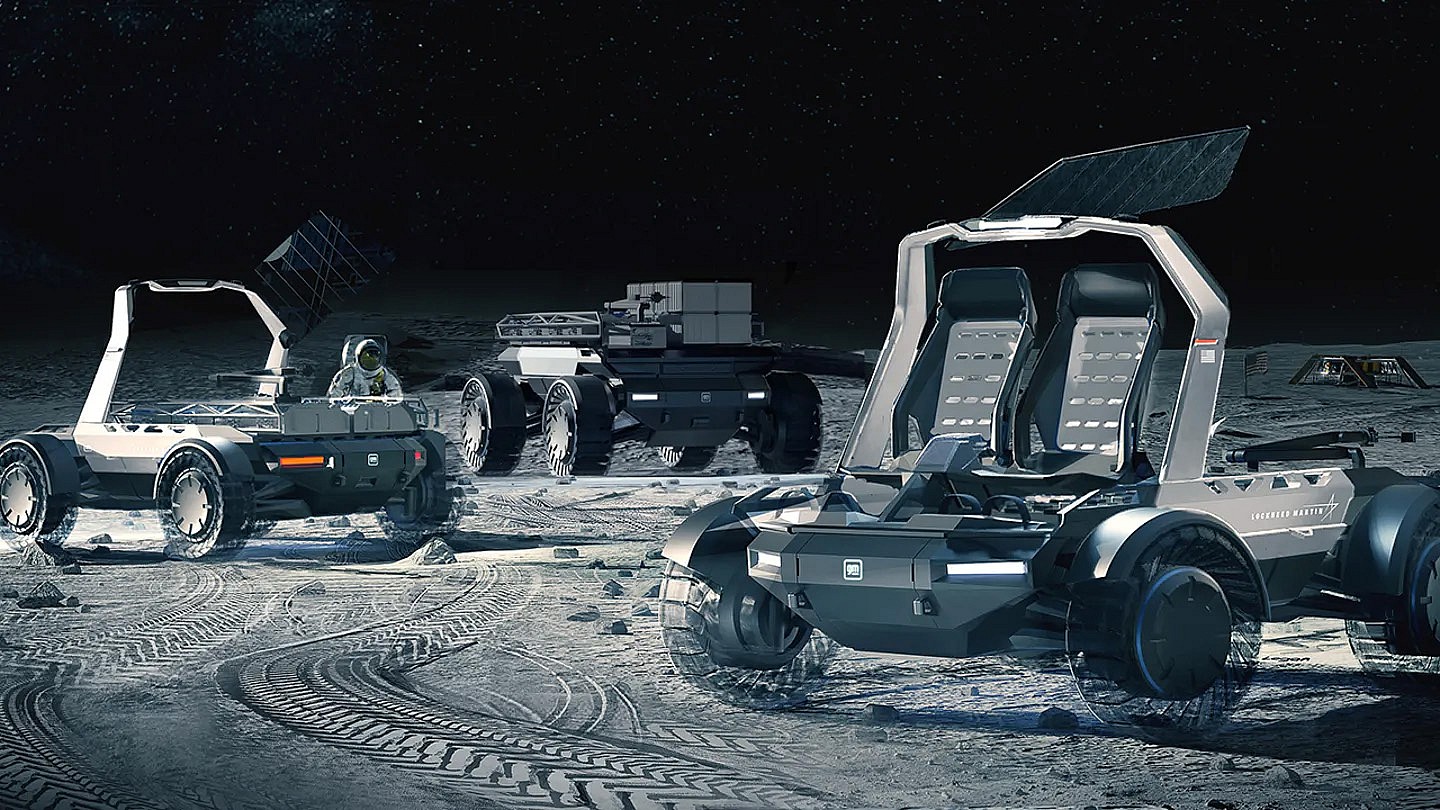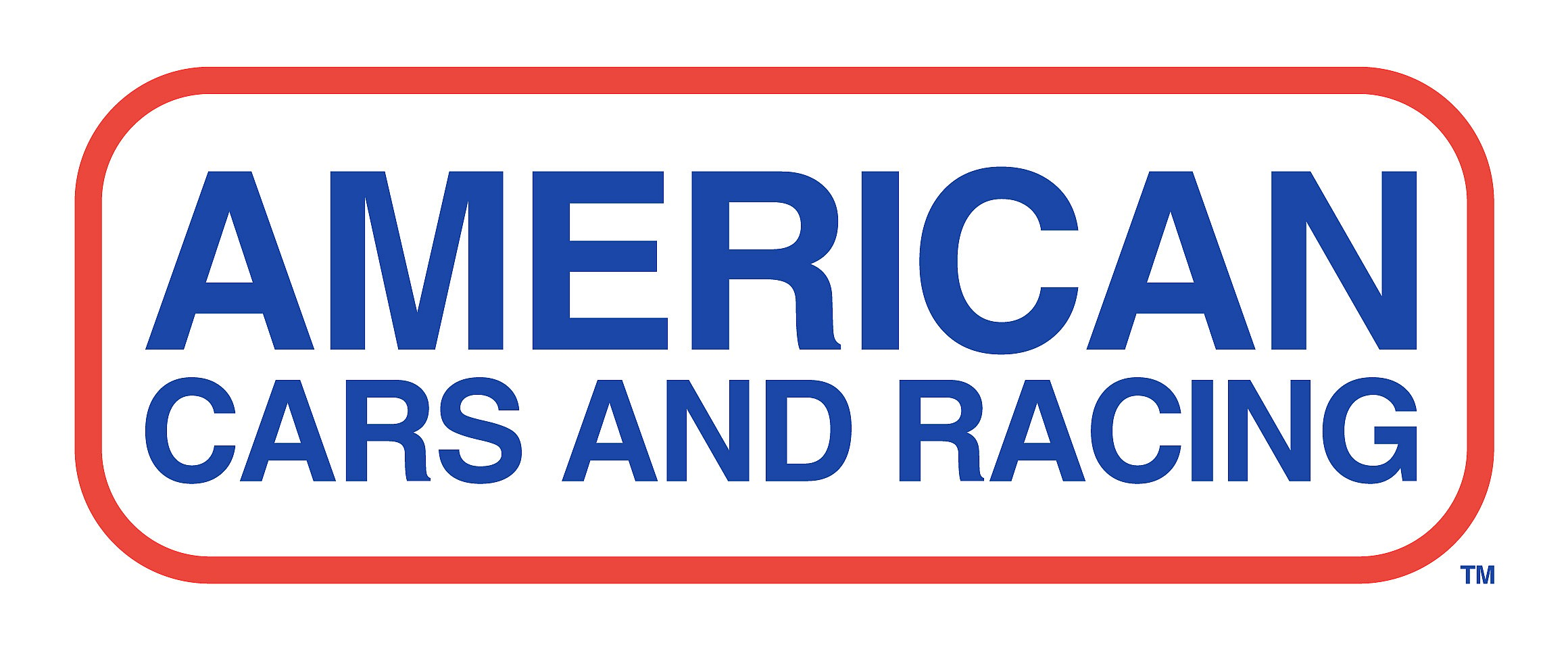General Motors Has Designed A Force Field For Its New Lunar Rover

General Motors is going back to the Moon.
The automaker that helped develop the Apollo-era Lunar Roving Vehicle is working with Lockheed Martin on a new line of Lunar Mobility Vehicles that will support future missions to the Earth’s satellite when they get off the ground.
Several basic platforms will accommodate various body types that can carry personnel, cargo and other gear.
GM plans to send a fleet of vehicles to the Moon that the U.S. and other governments will be able to rent for their teams while they are on the surface. No word yet if there will be a loyalty points program to go with it.
GM’S AUTONOMOUS CARS WILL KNOW IF A KNIFE FIGHT BREAKS OUT IN THEM

NASA has also ordered a Lunar Terrain Vehicle from the collaboration, which goes under the name Lunar Dawn and includes Goodyear and MDA Space.

GM and Lockheed’s Lunar Mobility Vehicles can be configured for a number of purposes.
So far, it has only released renderings of what the vehicles might look like, but a new U.S. patent application reveals an interesting feature they might be equipped with.
The application filed in January 2023 and published this July 11 is for “double wall axles and extension rods for a lunar rover chassis.”
The gist of it is that GM has designed axles with a protective outer sleeve that can be magnetized to either attract or repel lunar regolith dust.
FORD’S ‘MILLENNIUM FALCON’ ELECTRIC PICKUP LOOKS LIKE A TESLA CYBERTRUCK IN NEW PATENT
The system can detect the polarization of the dust and direct it away from collecting on critical components. it also allows for the use of a perforated sleeve that would reduce the weight of the vehicle and protect the axle from large debris while keeping the dust out of it.

The feature could also be applied to extension rods used for articulated arms that hold scientific equipment.
The hope is that by cutting weight, the launch costs for the vehicles would be lower. If you thought the destination fees on new vehicles were high, just try shipping one 250,000 miles through space.
The patent doesn’t mention any applications for Earthbound vehicles, but the science fiction-sounding system could be science fact before the end of the decade.
THE 2024 US-BUILT CAR OF THE YEAR AWARDS™
